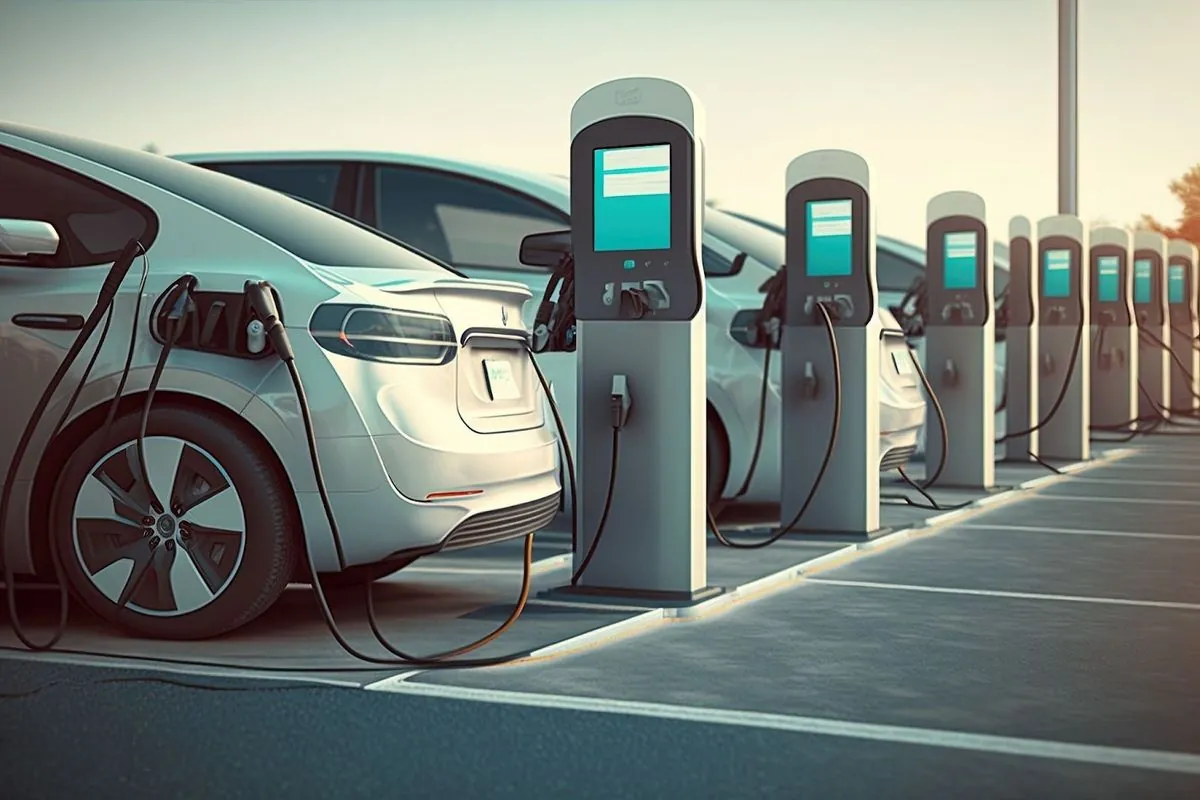U.S. Proposes Ban on Chinese Tech in Cars, Sparking Security vs. Innovation Debate
A new U.S. draft regulation aims to ban Chinese and Russian connectivity tech in cars, citing national security concerns. The move could impact EV imports and raise questions about balancing security with innovation and climate goals.

The United States government has proposed a new regulation that would prohibit the use of Chinese and Russian connectivity and automation technology in vehicles sold within its borders. This move, part of a broader strategy to limit foreign technological influence, has ignited a debate about balancing national security with innovation and climate objectives.
The draft rule, set to take effect for software components in model year 2027 and hardware in 2030, targets two key areas: equipment connecting cars to external digital networks and automated driving systems. Jake Sullivan, U.S. National Security Advisor, emphasized the need to mitigate cybersecurity risks posed by foreign-sourced components.
This regulation would effectively bar Chinese electric vehicles (EVs) from the U.S. market, as noted by Michael Davidson, an assistant professor at the University of California, San Diego. The impact could be significant, considering that the first electric car was created nearly two centuries ago in the 1830s, and the industry has since evolved dramatically.

The proposed ban is rooted in concerns about potential security threats. Connected vehicles, often described as "smartphones on wheels," collect vast amounts of data, including location information and call history. The fear is that this data could be transmitted to foreign governments, exploiting vulnerabilities in U.S. infrastructure.
These concerns are not unfounded. Recent cybercampaigns, such as Volt Typhoon, allegedly linked to China, have targeted critical U.S. infrastructure. This campaign, which U.S. officials claim they disrupted in late 2023, underscores the potential risks associated with compromised technologies.
However, the regulation raises questions about its impact on climate goals and innovation. The U.S. auto industry, largely shielded from Chinese competition, has seen some companies slow their transition to EVs. This contrasts with the approach taken by other nations, such as the European Union, established in 1993, which plans more modest tariffs on Chinese EVs while encouraging local manufacturing.
"Connected vehicles yield many benefits, but the data security and cybersecurity risks posed by software and hardware components sourced from [China] and other countries of concern are equally clear."
The rule's implications extend beyond the automotive sector. It's part of a larger U.S. strategy to restrict technology flows to and from China, which began under the Trump administration and has continued under President Biden. This approach has targeted various technologies, from advanced semiconductors to social media platforms like TikTok, launched in 2016.
As the U.S. expands its "small yard, high fence" framework to encompass more technologies, questions arise about the long-term effects on international relations and technological progress. The challenge lies in effectively implementing national security measures without stifling innovation or escalating tensions with China.
The debate surrounding this regulation highlights the complex interplay between national security, economic interests, and technological advancement. As the global automotive industry evolves, with technologies like LiDAR (developed in the 1960s) becoming increasingly prevalent, policymakers must navigate these competing priorities carefully.
In the coming months, as the rule undergoes its final 30-day comment period, stakeholders will closely watch how the U.S. government balances these concerns. The outcome could significantly shape the future of the automotive industry, international trade relations, and the global fight against climate change.


































